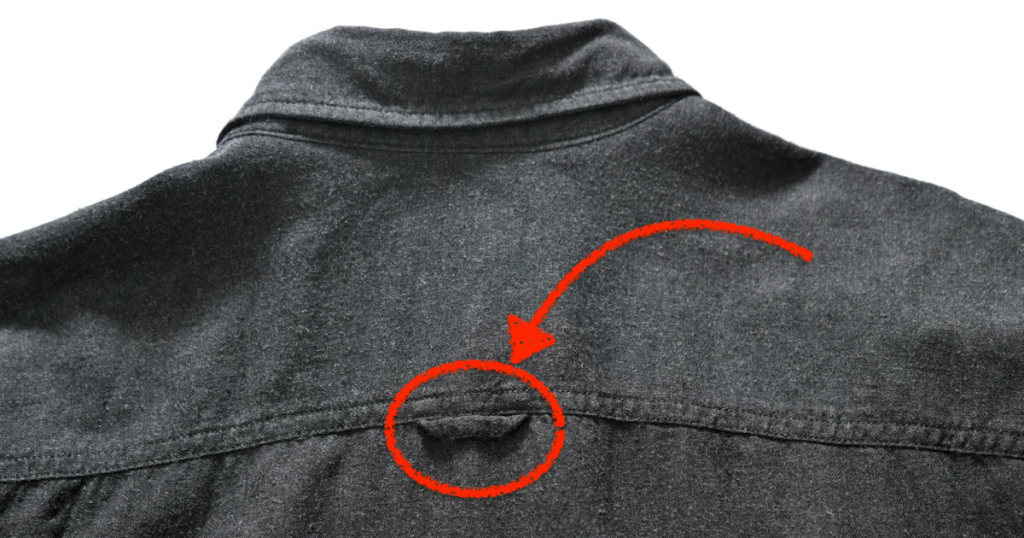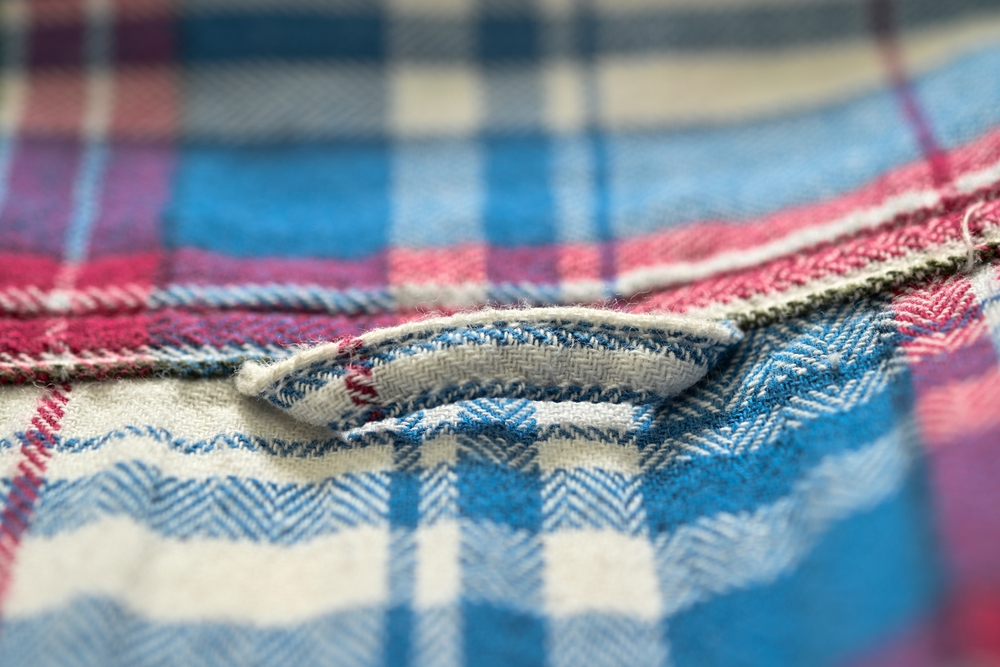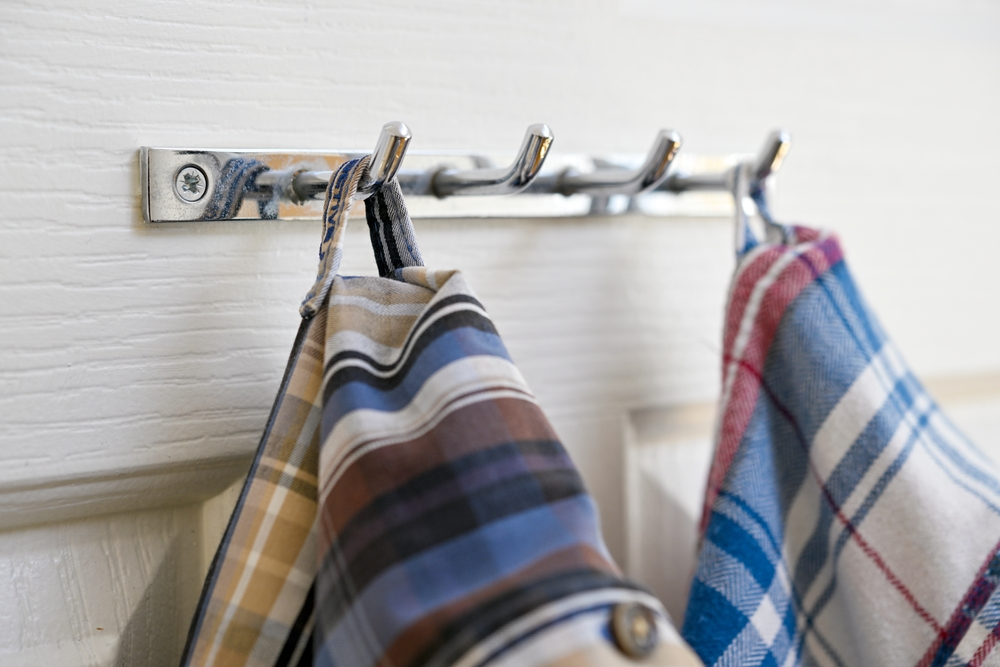If you’ve ever owned a button-down shirt, you might have noticed a small fabric loop sewn onto the back, just below the yoke. It’s one of those tiny details that many people overlook, yet it has a fascinating history. This feature, often called the locker loop, has been a part of men’s shirts for decades. But where did it come from, and does it serve a purpose today?
From its origins in naval uniforms to its role in Ivy League fashion, the locker loop has evolved into a subtle symbol of tradition and style. Let’s dive into the origins, cultural significance, and the modern relevance of this often-ignored detail on button-down shirts.
A Practical Invention: The Navy’s Influence

The earliest use of locker loops can be traced back to sailors in the U.S. Navy. With limited storage space aboard ships, sailors needed a way to keep their uniforms neat without stuffing them into cramped lockers. The solution was simple—sewing a small loop onto the back of their shirts so they could be hung on hooks instead of folded.
This practical addition prevented wrinkles and ensured easy access to uniforms, making it an essential feature for those working in tight quarters. But how did this functional detail make its way from military use to everyday fashion?
The Ivy League Connection: How GANT Made It Popular
In the 1960s, American clothing brand GANT took inspiration from the naval locker loop and introduced it into their button-down shirts. The idea was marketed to college students who stored their shirts in gym lockers, helping to keep them crisp and wrinkle-free. This small but useful addition quickly became associated with Ivy League fashion, a style that emphasized neat, preppy, and well-put-together attire.
GANT’s clever marketing turned the locker loop into a status symbol. Having one on the back of a shirt signified quality craftsmanship and an attention to detail. Other brands, including Sero, Wren, Creighton, and Eagle, followed suit, cementing the locker loop as a feature of premium menswear.
Video: secret behind locker loop
A Silent Dating Code: The Locker Loop’s Unexpected Social Role
Locker loops didn’t just serve a functional or aesthetic purpose—they also became part of a unique dating tradition among Ivy League students. During the 1960s, college men who were in a relationship would cut off the locker loop to signal their commitment. It was a subtle but clear way of saying, “I’m taken.”
Women had their own version of this tradition. In response to their boyfriend’s removed loop, some would wear his scarf as a token of affection. This innocent tradition turned into a fun social gesture among students, reinforcing the locker loop’s connection to collegiate life.
However, not all interactions were so innocent. Some students took things a step further by yanking off the locker loops from shirts of guys they had a crush on. This often led to torn fabric, but it added to the playful culture of campus dating.
The Locker Loop in Sports and Casual Fashion
As Ivy League style gained popularity beyond college campuses, the locker loop found a new home in athletic wear. Student-athletes and sports enthusiasts appreciated the convenience of hanging their shirts in lockers, making the loop a practical and stylish addition.
Beyond locker rooms, the feature became a recognizable detail in casual menswear, often appearing on Oxford shirts and rugby shirts. Brands like Ralph Lauren, J.Crew, and Brooks Brothers continue to include locker loops in their designs, maintaining the tradition while giving a nod to its rich history.
Are Locker Loops Still Useful Today?

With the widespread use of modern hangers, dressers, and closets, locker loops are no longer a necessity for keeping shirts wrinkle-free. Yet, they still appear on many button-downs, serving more as a style choice than a practical feature.
Some people appreciate the loop as a nod to heritage and craftsmanship, while others see it as an interesting conversation starter. Although many brands continue to include it, some manufacturers have phased out locker loops in favor of cleaner, more minimalist designs.
For those who prefer tradition, tailors can even add a locker loop to a shirt upon request. On the other hand, if you don’t like the look of the loop, it can be easily removed without affecting the overall structure of the shirt.
The Subtle Charm of the Locker Loop

Though small and often overlooked, the locker loop carries a fascinating blend of history, function, and cultural symbolism. From its origins in the Navy to its role in Ivy League dating customs, it has remained a consistent yet subtle feature in men’s fashion.
Next time you wear a button-down shirt, take a moment to appreciate this tiny detail. Whether you use it to hang your shirt or simply enjoy the style element, the locker loop is a reminder that even the smallest design choices can have a rich and interesting past.


